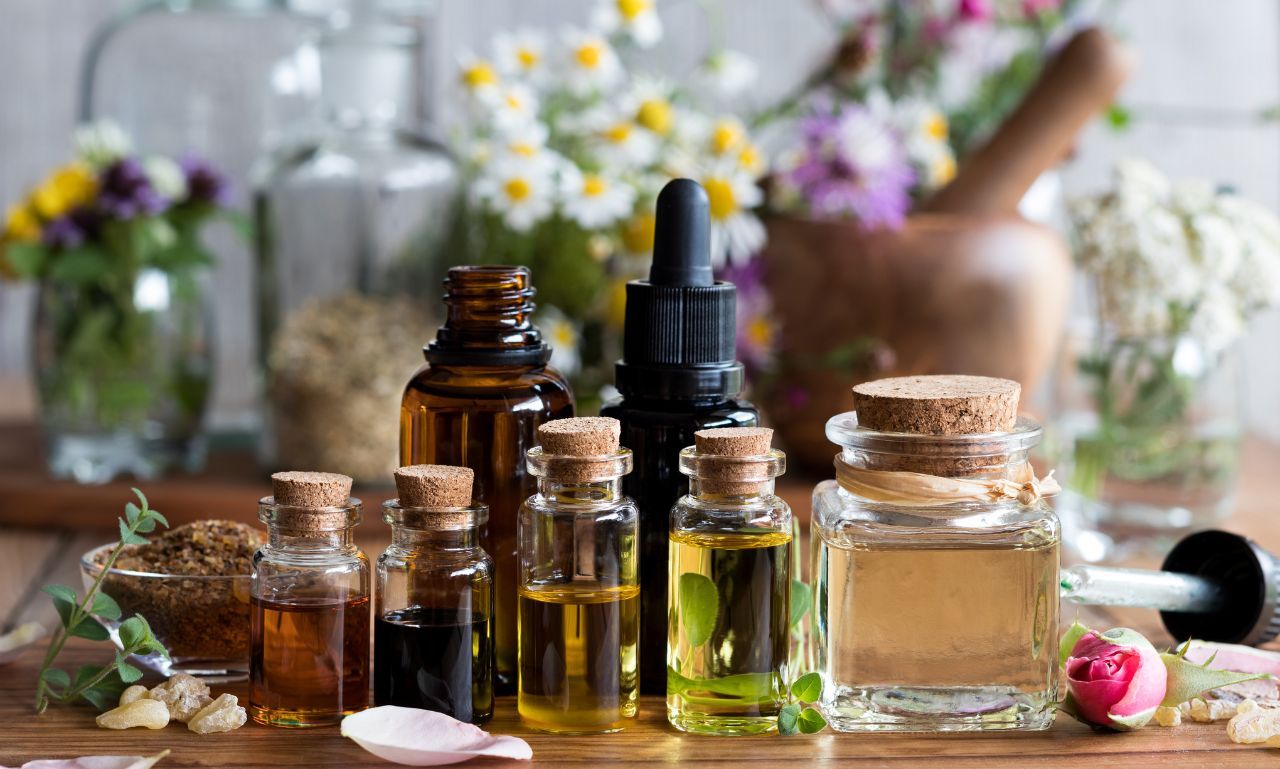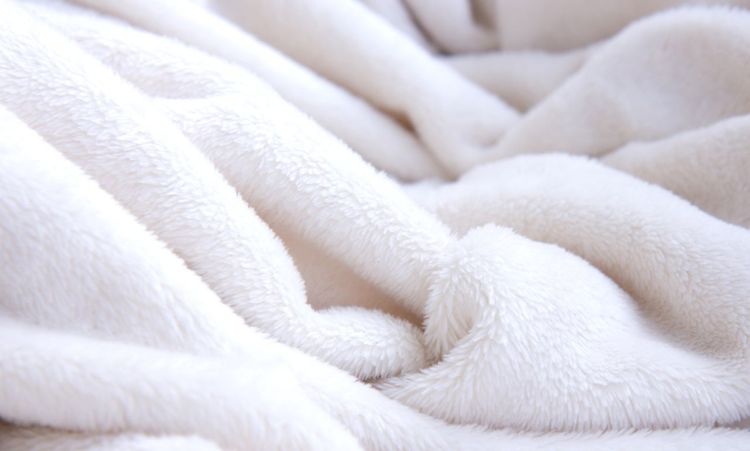Are you wondering if those essential oils in your shopping cart are the real deal? Let's crack this mystery together with some practical tips and insider knowledge.
Pure essential oils come straight from plants through careful extraction. No sneaky additives or artificial ingredients exist, just pure plant magic in a bottle. It takes about 50 roses to make a single drop of pure rose essential oil! No wonder the real stuff isn't cheap. When you understand this, those bargain-bin prices start looking suspicious.
What Standards Exist For Essential Oil Purity?

The essential oil industry lacks universal regulations to guarantee purity. However, some guidelines and standards are in place. However, some organizations like ISO (International Organization for Standardization) set strict guidelines. Think of them as the quality policy of the essential oil universe.
The National Association for Holistic Aromatherapy (NAHA) also watches the industry. It ensures companies play by the rules, and many good companies go the extra mile with independent testing.
One standard to look for is the GC-MS (Gas Chromatography-Mass Spectrometry) test. This test analyzes the chemical composition of the oil and helps confirm its purity. Oils that pass this test are typically considered high quality, as they are free from contaminants and synthetic ingredients.
How to Tell if an Essential Oil is Pure?
Identifying pure essential oils requires more than just reading the label. Various factors come into play to confirm whether the oil is truly pure. Let's explore the key methods for determining oil purity.
Check the bottle
What color bottle should pure essential oils come in? If you guessed clear glass, think again! Dark glass is the gold standard. It protects those precious oils from light damage.
I visited this fantastic lavender farm in Washington state last summer. The owner, Maria, showed me their bottling process. "Each bottle goes through three quality checks," she explained. "We're kind of obsessive about it!"
Feel
A quick way to test the quality of an essential oil is by feeling its texture. Pure essential oils should feel smooth on your skin and not leave an oily residue behind. If the oil feels greasy or heavy, it might be diluted with cheaper oils, such as vegetable oils Pure essential oils shouldn't leave evidence behind! That greasy spot? It's probably hiding carrier oils or synthetic materials.. Pure oils perform a disappearing act—they evaporate entirely. If you see an oily ring left behind, something's fishy.
History
It's time for some essential oil background checking! How long has the company been around? Do they share their farming practices? The good ones love showing off their process.
I recently found this small company celebrating its 20th anniversary. They posted videos of their lavender fields and distillation process. That's the kind of transparency we're looking for!
3rd Party Testing
Get ready for some science talk! GC-MS testing (Gas Chromatography-Mass Spectrometry) is like a lie detector test for essential oils. Good companies do it regularly and share results proudly.
Last month, I watched a testing process in action. The machine printed out this detailed report showing every compound in the oil. It was like getting a fingerprint of nature!
Botanical Information
Look for the plant's Latin name – it's like a passport for your oil. True lavender should say "Lavandula angustifolia." Different species can mean different benefits, so this detail matters.
Read The Label
Look for the country of origin and extraction method. Good companies are proud to share these details. If the label's vague or mysterious, consider it a red flag. Avoid oils that contain "fragrance" or "perfume" in the ingredient list, as these are often synthetic chemicals added to mimic the scent of essential oils.
Be cautious of oils that only list vague terms like "essence oil" or "aromatherapy blend" without specifying the source plant. These are often diluted with carrier oils or synthetic ingredients.
Verify The Source
Don't be shy—reach out to companies with questions. The good ones love chatting about their process. If the oil's source is unclear or the company doesn't provide information on its sourcing, it may indicate low quality.
Take A Whiff

Smelling is one of the easiest ways to check if an essential oil is pure. Pure essential oils often have a strong, distinct aroma that matches the plant from which they are derived. For instance, lavender should have a fresh, floral scent, and citrus oils like lemon or orange should smell zesty and bright.
The oil may be diluted or contain artificial fragrances if the scent is weak or overly synthetic.
See if the price is too good to be true
Essential oils are generally expensive to produce, especially pure, high-quality oils. If you find a high-quality essential oil being sold at an unusually low price, it could be a sign that it has been diluted with cheaper substances.
Be wary of oils that seem too good to be true. Always research the average price range for the specific oil you're considering to ensure you're paying a fair price. For instance, if someone's selling rose oil for $10, they're probably selling dreams, not reality.
Common signs an oil is fake
You see the word "fragrance"
Watch for sneaky words like "fragrance" or "nature identical." Pure essential oils don't need fancy language. They let their natural qualities speak for themselves.
There's no Latin name

The label's absence of the Latin name is a major warning sign. Without it, you can't verify the plant's authenticity.
The Importance of Using Pure Essential Oils
Using pure essential oils matters for both safety and effectiveness. Pure oils deliver the full therapeutic benefits nature intended. They work in harmony with your body's natural processes. They're like old friends who know exactly how to help. Pure oils are free from harmful chemicals and offer full benefits. Impure oils can lead to allergic reactions, skin irritation, or even toxic effects if used over time. In contrast, pure essential oils are beneficial when used correctly in aromatherapy or topical applications. They contain natural compounds that have therapeutic effects on physical and emotional well-being.
Conclusion
Finding pure essential oils might seem tricky, but you've got this! Think of it as a treasure hunt where quality is your prize. Your well-being deserves the real deal.
Remember Sarah's two lavender bottles? The $35 one proved pure, while the cheap one had secrets to hide. Sometimes, quality comes with a price tag – but isn't your health worth it?
Also Read: How to Start a Bookkeeping Business with No Experience




